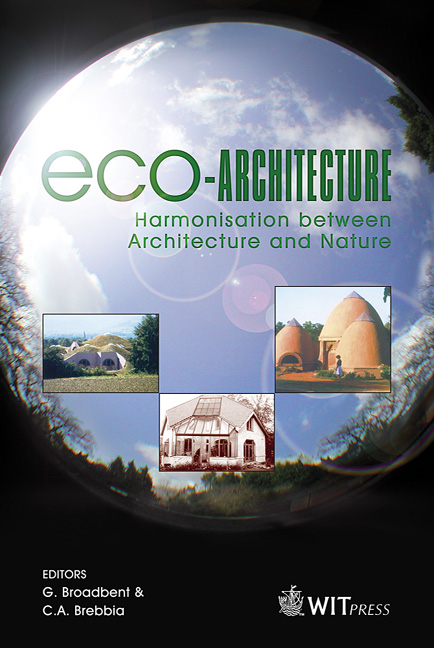Design And Construction: Changing The Role
Price
Free (open access)
Transaction
Volume
86
Pages
8
Published
2006
Size
241 kb
Paper DOI
10.2495/ARC060251
Copyright
WIT Press
Author(s)
P. Rossi
Abstract
Since the seventies many experiences have gone towards alternative or soft technologies, architecture for the poor, etc. In all of these the design was in answer to a need. Is it possible to consider building as an opportunity? Certainly, when the architecture is used, some functions or needs can be satisfied. But the building process itself represents a way to knowledge, a research field, a social event, a door opened on the future (while the need is a result of the past). Within this area we could try to involve groups of non-experts in the design and construction process, which allows one to have a direct interface between individual needs and production. Specifically, during two workshops in secondary schools in central and southern Italy, the pupils have built from recycled material a theater stage in the first case and the stands for a little market in the second one. Some university students have guided the secondary students in the construction process using newspapers, cardboards, tetrapak and cables. A third project, larger than the others, consists of a modular shell, made by a folded wire mesh, covered with cement, sand, paper or fabric to self-build (thanks to the direct help of the university students) a family house for sick children in Kenya. Decomposing design and building process in single phases is in accordance with the segmentation of industrial and economical processes of our contemporary world. Generally, nowadays architects are frustrated about this situation where they can’t be the only \“art director” anymore. On the other hand, if well managed, this segmentation can be the opportunity to receive at each step all those virtuous inputs, which can arrive from a widespread knowledge even if not structured and specialized in any way or from disposable resources like recycled materials, free work, etc. Keywords: lightness, environment, shell, low cost, self-construction, innovation, technological transfer.
Keywords
lightness, environment, shell, low cost, self-construction, innovation, technological transfer.





